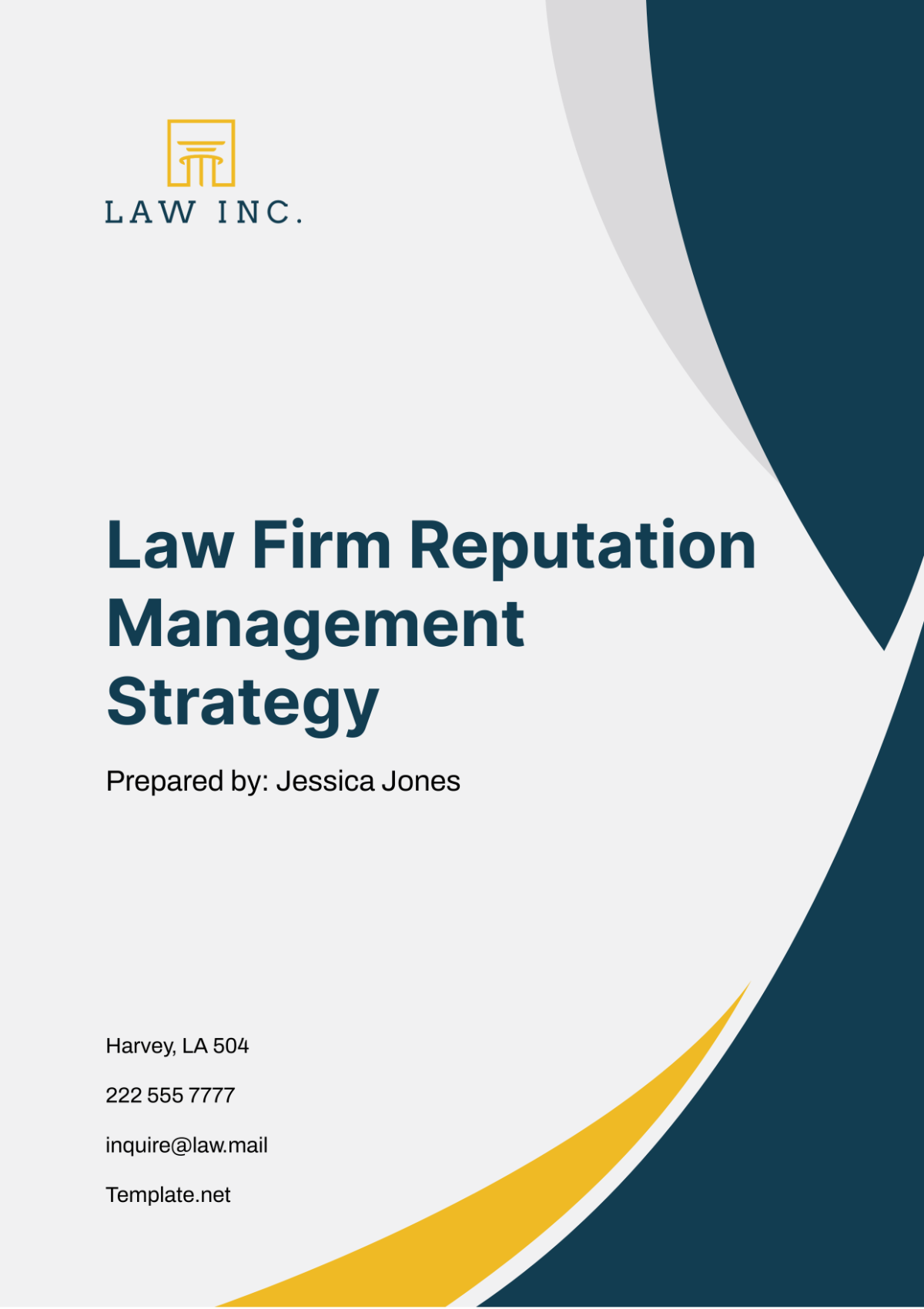Free Law Firm Reputation Management Strategy
Safeguard and enhance your firm’s reputation with the Law Firm Reputation Management Strategy Template from Template.net. This editable and customizable template is designed to guide you through the development and implementation of reputation management tactics. Use our Ai Editor Tool to tailor strategies that reflect your firm’s unique needs.
